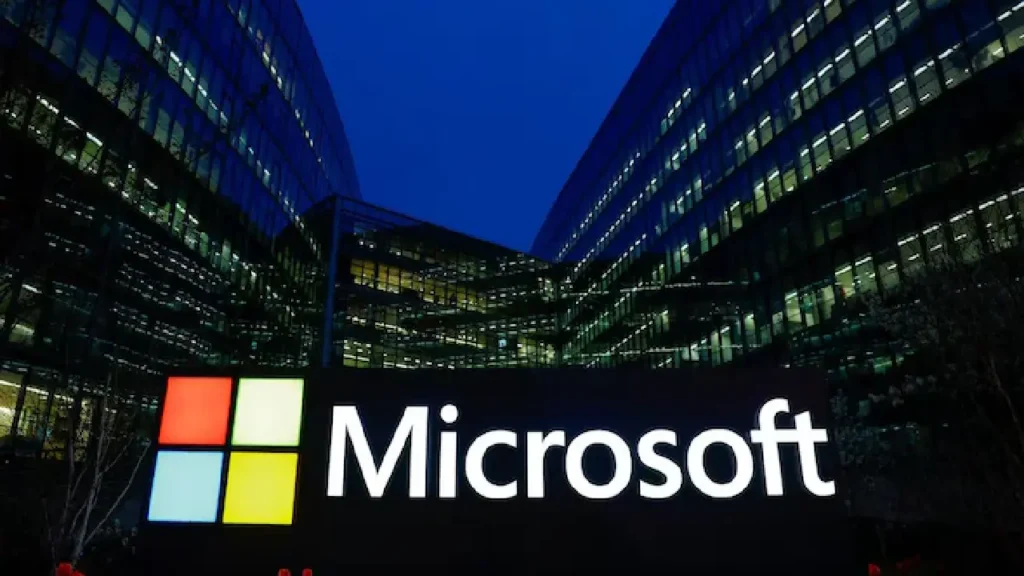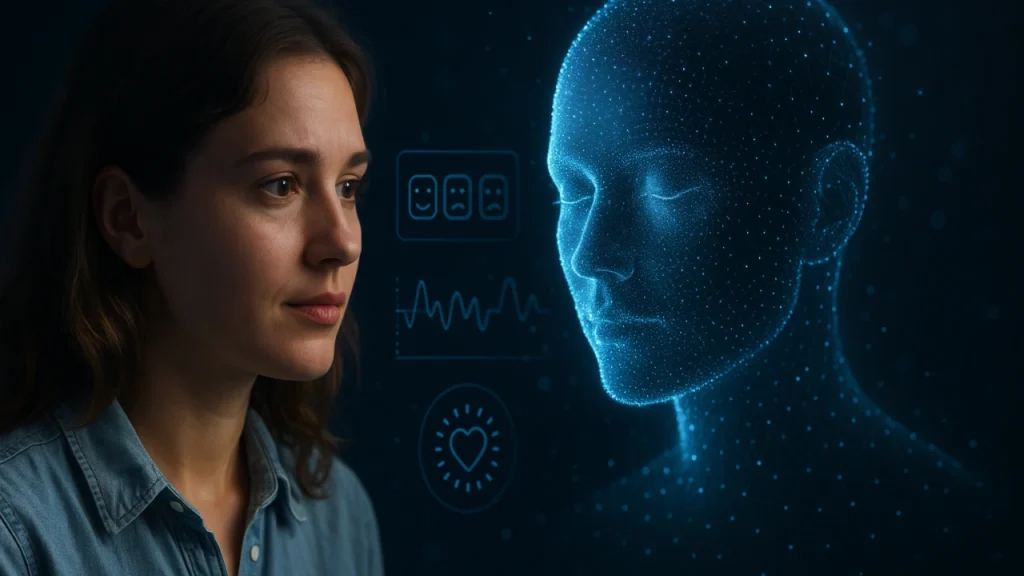Table of Contents
Highlights
- Microsoft introduces its vision of Humanist Superintelligence, aiming for AI that helps people rather than replaces them.
- The new MAI Superintelligence Team will focus on AI in healthcare, science, and energy with strong safety controls.
- Mustafa Suleyman emphasizes ethical, human-centered AI systems that remain transparent and under human control.
- This move signals Microsoft’s intent to lead AI innovation responsibly, prioritizing trust, safety, and real-world impact.
Microsoft has announced a new step in artificial intelligence – one that focuses on helping people rather than replacing them. In a post called “Towards Humanist Superintelligence”, Mustafa Suleyman, the head of Microsoft AI, shared the company’s idea of creating powerful but safe AI systems.
The plan includes forming a new MAI Superintelligence Team to develop tools for healthcare, science, and energy. These tools won’t act like all-knowing robots but will focus on solving real problems in a controlled, human-centered, transparent, and accountable way – not just for their own sake.
This move shows Microsoft wants to lead the AI race responsibly, keeping human values at the center of its progress.

What “Humanist Superintelligence” Really Means
Mustafa Suleyman explained that AI is no longer about copying humans – it’s about going beyond that, but carefully. He believes the question is not “Can we make smart machines?” but “What kind of machines should we make, and why?”
Microsoft’s idea of “humanist superintelligence” is simple:
- AI should support people, not take over their work.
- It should focus on solving real human problems, not random experiments.
- It must stay under human supervision, with full safety checks and transparency.
This approach makes it clear that Microsoft wants to keep humans in control, even as AI grows exponentially more capable.
Microsoft’s Plan for the Future
The company has created a new MAI Superintelligence Team under its AI division. Its job is to research and develop advanced AI tools that make life simpler and better.
Here’s what you can expect from their work on some timelines:
- AI Companions: More realistic personal assistants that could help with studying, work, and/or just general emotional support. The key here is that they are intended to help, not replace face-to-face interaction, even if it may seem like that.
- Healthcare AI: Microsoft is particularly interested in developing AI that can diagnose disease faster and more accurately than any other alternative. The company is optimistic it will achieve these results in a few years.
- Scientific Research and Energy: AI tools that can speed up discoveries in clean energy, medicine, and new materials.
Microsoft is not pursuing the idea of a single “super machine” that knows everything. Instead, it’s building focused AI systems that do one thing really well – and stay safe.

Why Microsoft Is Taking a Human-Centered Path
This new move shows Microsoft’s changing direction. While many companies are racing toward general AI, Microsoft is opting for a responsible AI strategy built on ethics and human values.
At the same time, people around the world are worried about AI growing too fast – about safety, misuse, and lack of control. Microsoft’s new plan aims to address those concerns by keeping humans in charge at every step.
The company also wants to ensure AI doesn’t become a threat. Its focus is on useful progress, not just showing off what technology can do.
If Microsoft follows through, this could lead to:
- Safer and more focused AI systems for real-world use.
- Clearer rules and checks before new tools are released.
- A healthier competitive landscape between companies based on trust and safety, not speed.
What to Watch in the Coming Months
Here are a few things that will show how serious Microsoft is about this vision:
- Team Growth: The New AI team will acquire the best and brightest researchers and engineers.
- Testing and Safety: Hold Microsoft accountable for demonstrating that it has its own tests or safety measures in place when rolling out imagined, evidence-based AI systems.
- Partnerships: Microsoft could collaborate with hospitals, schools, and/or a government project to integrate that technology into day-to-day operations.
- Defined Scope: It’ll be important to see if Microsoft limits each AI to its specific job or expands it later.
These details will determine whether “humanist superintelligence” remains an idea or becomes real.

Final Words
Microsoft’s vision for humanist superintelligence isn’t just another buzzword – it’s a statement of intent. The company is adopting a less reckless, more cautious, and more considered pace of progress in a race where everyone else is racing forward willfully.
Rather than racing to create machines that possess smarter-than-human-like abilities, Microsoft is trying to make the case that you can still build intelligence with the human values of empathy, intention, and control. It’s a quiet, yet emphatic message: AI should make humans’ lives easier, not harder.
If this new perspective actually leads to a shift in the tech world’s beliefs and construction of AI, we will have to wait and see. But for now, Microsoft forges a clear line in the sand – progress is irrelevant without people.